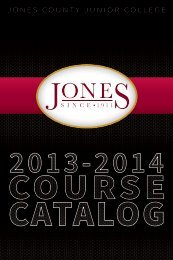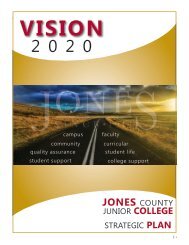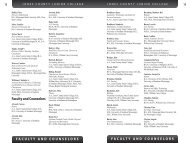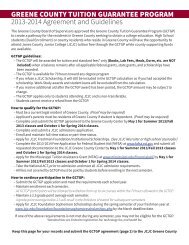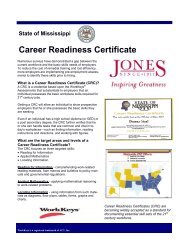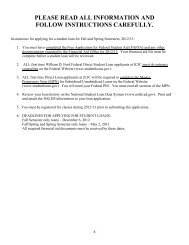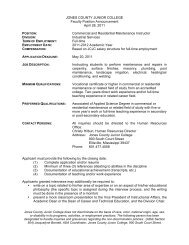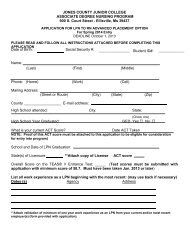SCRMC Patient Safety Module
SCRMC Patient Safety Module
SCRMC Patient Safety Module
You also want an ePaper? Increase the reach of your titles
YUMPU automatically turns print PDFs into web optimized ePapers that Google loves.
and how taken at home are verified and made available for the physician to<br />
continue, modify, or discontinue while in the hospital.<br />
When a patient is transferred from one level of care to another (CCU to<br />
nursing unit or Surgery to nursing unit), their medicines are reconciled. At<br />
the time of discharge, a complete list of all the patient’s medicines to be<br />
continued is generated for the patient’s information or that of the next health<br />
care provider. This insures safe and accurate medication instruction before,<br />
during, and after the patient’s stay.<br />
Upon presentation to the hospital, the patient or his/her representative is<br />
asked about current medications being taken. If bottles or a list are provided,<br />
the staff carefully questions the patient regarding how the medicines are<br />
actually taken in comparison to the directions on the bottle or list. A “Home<br />
Medication List” is recorded as the patient takes the meds for the physician<br />
to review including the medicine, dosage, route, frequency, and purpose.<br />
After the review of this “Home Med List”, the physician indicates the meds<br />
to be continued or discontinued by checking the appropriate blank beside the<br />
medication. Once dated, timed, and signed, the sheet is prepared for faxing to<br />
the pharmacy.<br />
Anticoagulant <strong>Safety</strong><br />
Multiple steps are taken to ensure safe anticoagulant therapy. Heparin is one<br />
of the “PINCH” or high alert meds that requires a nurse witness before the<br />
dose is given. The INR is one of the lab results that populates to the eMAR<br />
alerting the nurse to this result. Reducing the likelihood of patient harm<br />
associated with the use of anticoagulant therapy requires an interdisciplinary<br />
approach. The nurse should always check the anticoagulant therapy order<br />
closely noting the dose, route, frequency and the appropriateness for the<br />
26



